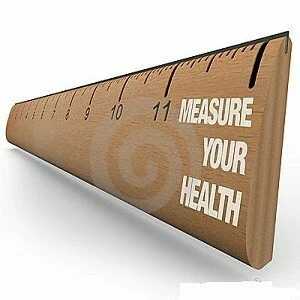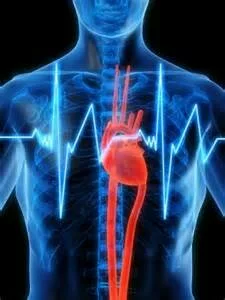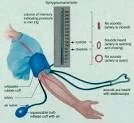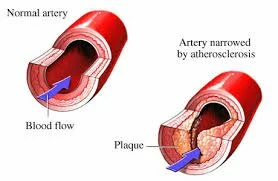Certain numbers are important to your health and wellbeing; it is therefore advisable that you show interest in them and how they are measured. You should show more interest if you are 40 years and above. You don’t have to be a health worker.
The normal resting heart rate is between 60 and 120 beats a minute; it increases with exercise, excessive caffeine intake, anxiety/stress, certain medications and some medical conditions. A heart rate less than 60 beats per minute in a non-athlete calls for thorough medical examination.
You can measure your heart beat by placing your index and middle fingers on the inside of the distal end of the other forearm at the base of the thumb and press until you feel the pulsation. Count the number of pulsations per minute; that is your heart rate.
The normal blood pressure is around 120/80mmHg; it is said to be high if it is consistently above 140/90mmHg and low if it is consistently below 90/60mmHg.
High blood pressure can lead to stroke, heart attack, damaged blood vessels and damaged kidneys.
You can check your blood pressure regularly, at home using various digital blood measuring apparatus which are available in chemists, in chemists/pharmacies or in medical clinics/hospitals.
Cholesterol is one of the fat circulating in the blood. There are three types of cholesterol in the blood; high density lipid (HDL) cholesterol, low density lipid (LDL) cholesterol and very low density lipid (VLDL) cholesterol; however only two of them; HDL and LDL are measured in addition to Total Cholesterol (all three).
High cholesterol levels can lead to narrowing of blood vessels which can lead to stroke and heart attack.
Cholesterol levels are measured in laboratories and doctor’s clinic.
Normal level for Total cholesterol is less than 5mmol/L and for LDL level, less than 3mmol/L.
The normal blood sugar range is 90-140mg/dl (5.6-7.8mmol/L), depending on time of the day and whether the person has eaten or not.
High blood sugar is a serious medical condition called diabetes with possible complications affecting the eyes, kidneys, heat, blood vessels, feet and nerves.
Low blood sugar is also very dangerous and occurs mostly in diabetics. Affected persons can go into coma.
There are various methods of measuring blood sugar level at home; acutest and others.
The average adult should take about 2.5litres of water daily; of this about 1 litre comes from the food we eat; the balance 1.5litres must come from fluids we drink such as water, fruit drinks and beverages.
The average glass is about 200-250mls, 1000mls make 1 litre; therefore you need to take about 6 glasses of fluids daily.
Water is needed by body for food digestion, absorption, circulation and removal of waste.
The ideal waist measurement for women is less than 32in (81cm); between 32in and 35in is high while above 35in is very high.
The ideal waist measurement for men is less than 37in (94cm); between 37in and 40in is high while above 40in is very high.
The high figures are due to fat; fat around waistline is far more dangerous medically than fat around the hips and in the buttocks. The former increases the risk of diabetes, heart disease and high blood pressure.
You can easily measure your waist line by wrapping a tape around your trunk at the level of your navel








No Comments